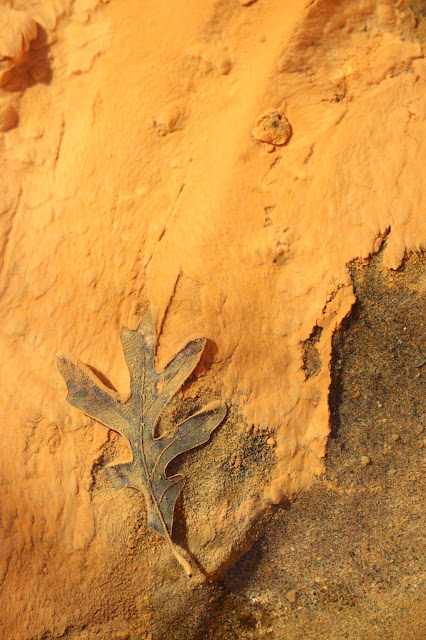MMMMM... Mica!
 |
| Muscovite mica with opaques almandine garnet inclusions |
One of our family's favorite local walks is up what we call, "Mica
Hill." It's part of the Wissahickon Formation, an Ordovician metamorphic
formation. There are absolutely no fossils, but when the sunlight hits
it just right, it's pure magic! The trails and streams glitter with mica chips like a forest gleaming with pixie dust. Boulders loaded with the stuff shine when the sun peaks at them through the trees. It's just wonderful!
Mica occurs as paper-thin, flat crystals stacked in layered rocks called "books." They come in a variety of colors, including gold, silver/white, green, and black. Most of the mica on this hill is the silver/white variety, called Muscovite.
The name comes from the people of Moscow, who used it for window panes. In fact, people all over the world learned to use it in place of glass where extreme temperatures would crack silicon glass, especially for wood stoves and lanterns. Powdered mica is what makes cosmetics shiny.
Mica is usually found in association with other minerals in schist. The mica here led folks to sought-after feldspar, which they quarried for use in ceramics. Garnets, soccer-ball shaped crystals used in sandpaper, and jewelry, are also common in schist and there is an abandoned garnet mine a few miles up the road from here. And, of course, there's quartz. As common as it is, it's still pretty in the sunlight.
Join me on a virtual walk up Mica Hill here:


Comments
Post a Comment